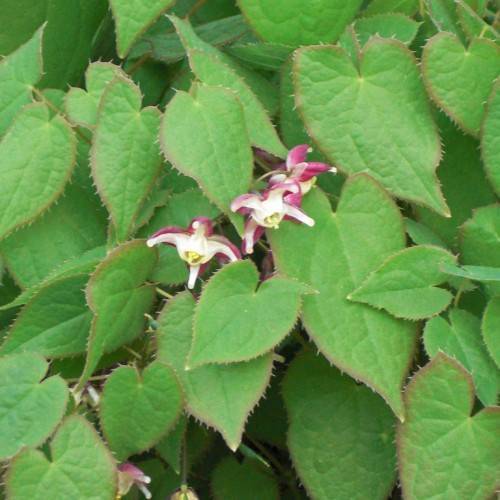
bishop's hat
Epimedium 'Tama-no-genpei'
Cycle:
Herbaceous Perennial
Watering:
Minimum
Hardiness Zone:
4 - 8
Flowers:
Flowers In Spring
Sun:
Part shade,full shade
Leaf:
Yes
Growth Rate:
Low
Maintenance:
Low
Salt Tolerant:
Yes
Care Level:
Medium
watering
During the growing season, Bishop's Hat (Epimedium 'Tama-no-genpei') should be watered about once a week -- allowing the soil to dry out slightly between waterings. During the summer months, additional watering may be necessary, especially if the plant is in full sun. In the winter months, water less frequently, allowing the soil to become very dry between waterings. Over-watering can lead to root rot, so be sure to feel the soil to judge when it is time to water.
sunlight
Bishop's Hat (Epimedium 'Tama-no-genpei') requires partial shade to full sun. It grows best in areas with bright indirect sunlight or light dappled shade and can handle some light morning sun. It can generally thrive well with a few hours of direct sunlight per day, but it should not be exposed to the harsh, direct afternoon sun. In general, this plant species will do best when placed near a window that gets moderate or light indirect sunlight throughout the day.
pruning
Bishop's hat (Epimedium 'Tama-no-genpei') does not require much pruning. If needed, however, it is best to prune in late winter or early spring, once the plant has reached its desired size. Prune off any dead or damaged branches, or reduce the overall size if desired by cutting off the longer shoots. Be careful not to prune too aggressively as new growth will take some time to fill in, and the plant may look sparse.
